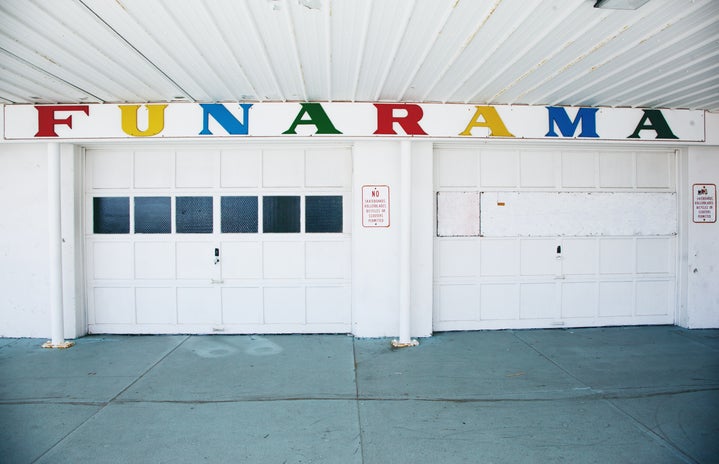What makes a protest effective? This question will keep many activists up at night. History would suggest that power of the people comes from their ability to threaten and overthrow the ruling class. The tradition started by the French Revolution and continued by Bolshevik revolutions in Russia creates an assumption in our minds that to truly catalyse change we need to take matters into our own hands ruthlessly, regardless of how much harm we will cause. This is perpetuated in the actions of violent organizations who are extensively reported in the media. Observing the doings of the IRA in the 1990s or ISIS more recently might lead the public to think that impactful revolutions can only be carried out by demonstrating the preparedness to destroy any obstacles of change, including human lives. When confronted with an urgent divisive matter, peaceful protesting that calls for change does not seem to be the easiest or the most effective course of action.
Whenever small groups start to disrupt the status quo by peaceful protesting, the loudest commentaries are always from the ones that are dissatisfied with their routines being interrupted. Petty annoyance with the diversion in their commute can lead people to disregard the potential of peaceful protesting. A good example is the perception of Greenpeace activists as insane idealists who cause controversy for the sake of it. Naked protests might seem sensationalist, but they serve a very important purpose for activist organizations. They bring the issue they are campaigning for to the forefront of the public awareness. The more the public is exposed to it, the greater potential for education. Education on an issue leads to development of opinions and in many cases exponential growth of the participants of the protest. What escapes the understanding of the cynics who don’t believe in peaceful protests is that they retain the moral high ground and present the desire for change in a democratic, representative way. As opposed to violent protests, peaceful protests have the capacity of inducing change through a democratic process rather than forcing change through abuse and threat.
An important study examined in an article by David Robson shows that the effectiveness of a protest is largely correlated with the number of participants. Peaceful protests have been shown to be twice as successful as violent protests. Even though they were not universally successful, it seems that if over 3.5% of the population gets involved within the movement towards change, it will be successful (Robson, 2019). This is crucial to the argument of peaceful protests being ultimately the most effective kind. As opposed to violent protests and political coups, peaceful protests have the capacity to gain wide-spread approval. This can be a process and since the actions of the protestors are legal, they do not have a timeframe under the pressure of the law enforcement who will crack down on violent protestors as soon as possible. In a digital age, the format of peaceful protest is not constrained to going out on the street to voice your complaints either. Online petitions and activism are as much of a viable way to get through to those in power as active participation in physical protests. Internet proves to be an instrument of mass mobilisation and encouragement of the peaceful protesting. This has proved largely crucial in the context of the recent Hong Kong protests. The protests, launched in June, attracted over 500,000 participants at first, and as the government did not push on the extradition bill, the protests escalated, attracting over a million people at some points. The protests continued and were consistently reported through social media. Widespread international support was demonstrated in trending #hongkong on various platforms. The extradition bill which would compromise Hong Kong’s autonomous status from China was eventually scrapped.
Peaceful protests often take longer than violent actions to attract public attention and gain wide-spread approval. However, once they are in the spotlight, it is much easier for civilians to voice their desires and concerns in a peaceful protest than any other kind of activism. In the context of the UK, the biggest peaceful protest on a divisive issue is the People’s Vote protest calling for another referendum on Brexit. Reportedly, over a million people gathered in October to protest a no-deal Brexit and campaign for a ‘final say’. According to the study on effective civil disobedience, 3.5% of population is required for a campaign to be successful. 3.5% of UK population is around 2 million. We have yet to see how the activist maths will apply to the People’s Vote campaign.


